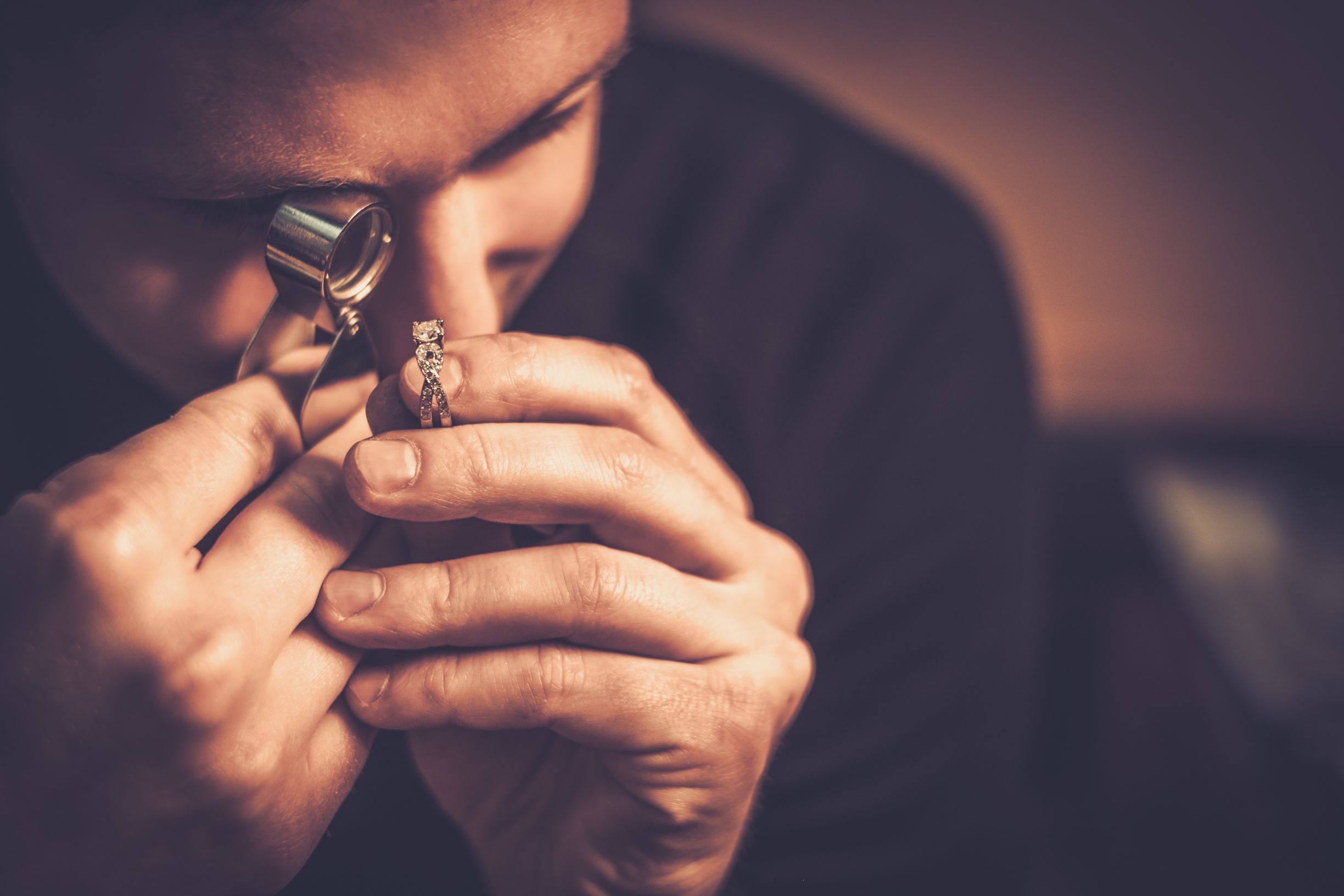Where do People Find a Good Jewelry appraisal
Its not unlikely that at one point in life, an owner of fine jewelry might have it stolen, lost in a disaster or simply fallen finger their neck or finger due to a bad ring fit or broken clasp. Before that happens, before the need to replace the jewelry arises, its as well to have a jewelry appraisal.
A jewelry appraisal need not cost a lot of money, nor should it take days or weeks; most specialists can determine prices in a very short time. One has only to find the specialists.
So the question is, where do people find a good jewelry appraiser? Theyre actually rather prolific, especially on the internet and in TV ads, where they advertise cash for your gold and jeweled items.
Out of all those specialists, which is a reliable appraiser? There are a few guidelines.
First of all, no reliable appraiser should be buying or selling the jewelry they are appraising, so one should search for an independent jewelry appraiser, or at least, one who does not work in a showroom with a possible commission to pocket. This person should run a separate appraisal business or be on call as an adjunct to the jewelry store.
Any professional doing a jewelry appraisal is registered with at least one organization such as the American Society of Appraisers. This is probably the best consumer resource, since they not only assist the public in finding their members, but accredit those members in the different disciplines of jewelry appraisal, particularly in gem quality and valuation.
The appraiser should be a graduate in the field of gemology, and also have completed (and show evidence of) appraisal valuation. Ideally, he/she should be a full time appraiser, as these have more experience and broader backgrounds in the facets of gemology.
The appraiser evaluates jewelry using microscopic equipment to determine the cut, grade and styling of the gem, as well as the quality of the silver or gold that captures it; he/she will then offer a detailed statement, identifying the distinguishing characteristics of the piece, and its probable worth in several markets (a gem in South African markets is quite a bit more expensive than American, for instance, but the quality demand will be more discriminating).
In the case of an antique or a wedding ring piece, one should probably check with several appraisers, determining the credentials of each; A final selection can be made based on the most impressive and longstanding credentials (its never a good idea to just go with the cheapest appraiser).
Once the customer determines that the appraiser is trustworthy, the jewelry pieces must be brought in; a visit to the appraiser will include a look at the paperwork establishing the gems authenticity, and the customers valid ownership of the piece. The jewelry cannot be photographed and evaluated electronically, and the examination is fairly thorough; one can usually expect to leave jewelry pieces with the appraiser to that he/she can administer microscopic and chemical testing. (Obviously, one should obtain a receipt for the pieces, as well as a pickup date).
Once the appraisal has been obtained (it is usually ready when the gems are picked up by the customer), the information included in it will also have been sent to the consumers insurance company, as well as the appraisers contact information. It is then incumbent on the customer to contact for insurance coverage if desired.
Finally, the appraisal should be kept in a safe placea floor-safe in the home or a safety deposit box in ones bank. The insurance company will have the appraisal on file, but its always a good idea to keep a copy for ones own records.
Those are the fairly simple steps of jewelry appraisal.
Category: Appraisal - Jewelry
Business News
Popular Posts
- Building a Positive Attitude - Strategies for a Happier and More Fulfilling Life
- Cultivating Resilience and Mental Toughness - Keys to Thriving Amidst Lifes Challenges
- 50 positive affirmations to be read every day
- Take the Wheel-Navigating Life Beyond the Screen
- Mind Balance - A Comprehensive Solution for Navigating Modern Mental Health Challenges
- The Islamic Quest - Transforming Self for a Fulfilling Life in Allahs Light
- The SmartGuy plan to Fostering Unity in a Multi-faith Society
- Universal Pursuit of Happiness - Wisdom from World Religions
- Transcending Materialism - Spiritual Practices from World Religions
- Overcoming Prejudice and Intolerance - Guidance from Global Faiths
- How Mind Balance Can Improve the Mindsets of Employees
- Interfaith Insights by 1WorldPeace - The Top 100 Universal Beliefs in Global Spirituality
- Bridging Beliefs - Finding Common Ground in Love and Respect
- A Cautionary Vision - The Grim Future of a Divided World Without Love and Balance
- A Universal Prayer for Peace and Understanding Embracing Diverse Faiths
- Navigating Diversity - Jerusalem's Tactical Approach to Interfaith Harmony
- Clearing Mental Plaque: The Path to Enhanced Communication and Divine Connection
- Living the Teachings of Jesus - 100 Lessons for a Compassionate and Faithful Life
- Finding Strength and Safety in Scripture - 25 New Testament Passages to Combat Spiritual Attacks
- How Mind Balance Brings People Closer to God
